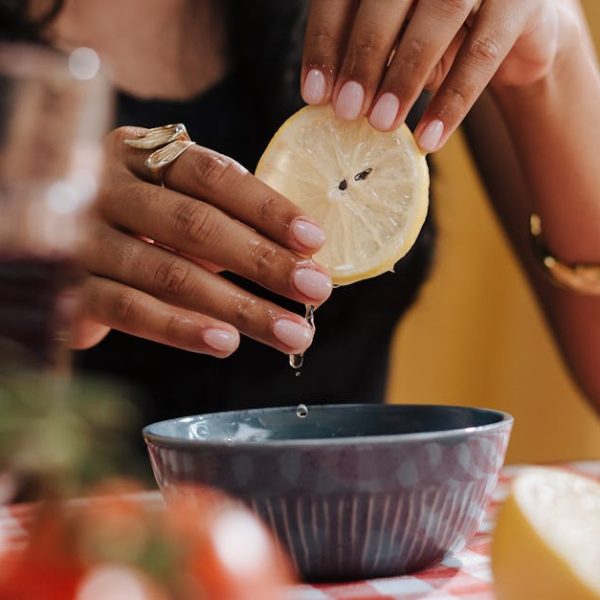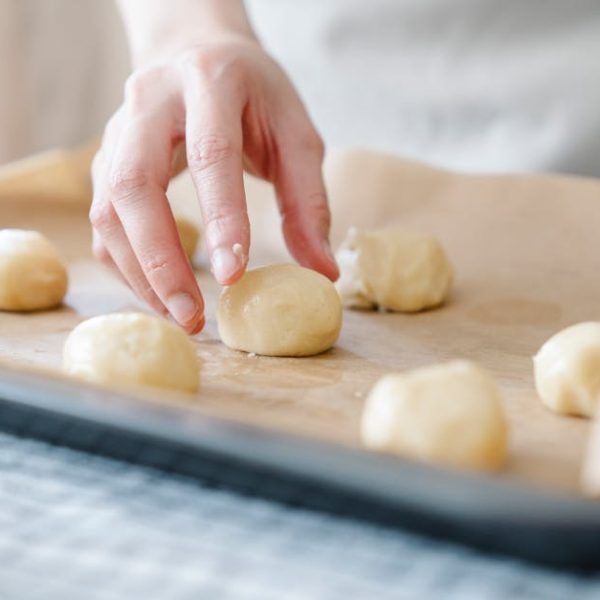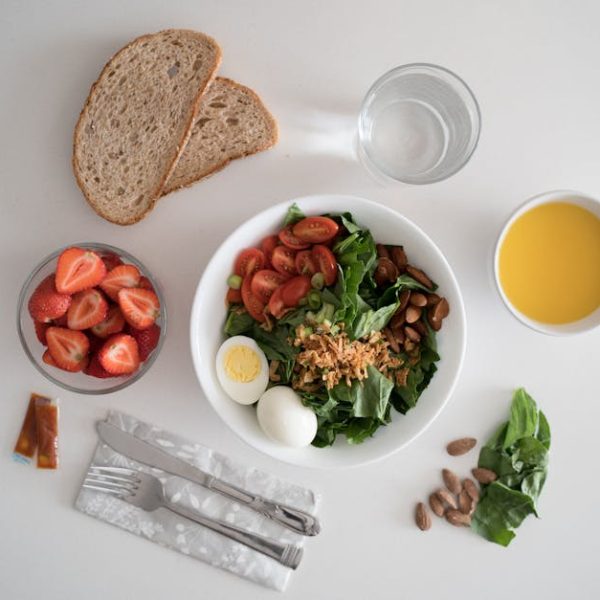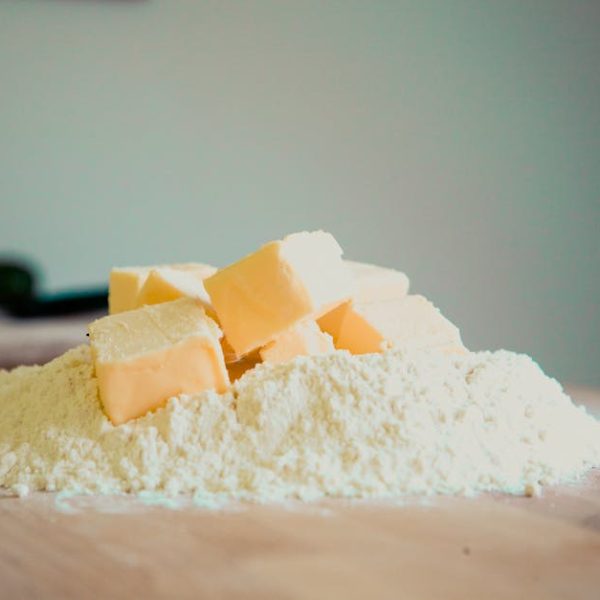Turning Fresh Tomatoes into Tomato Juice
- Detailed guide on how to prolong the life of fresh tomatoes by juicing them. Elaborate on the different steps of the process, starting from choosing ripe tomatoes to straining the juice and storing it.
– Checklist: Tools needed to make tomato juice – juicer, knife, strainer, jars, etc.
– Recipe variations: How to enhance the flavor of the juice with herbs and spices, and how to use the juice in various dishes.
– Pro tip: How to store tomato juice properly to ensure it stays fresh for a long time.
Imagine having harvested or purchased a huge amount of fresh tomatoes- ripe, juicy, full of flavor, with just the right amount of sweetness and acidity. You’ve been waiting for this perfect moment, but now comes the question: How do you preserve all these tomatoes to enjoy them for a longer period without compromising their quality and flavor? This guide is your perfect answer, addressing the various preserving methods you can use.
Starting with freezing, one of the simplest methods that locks the freshness of the tomatoes. Though it may alter the texture, it won’t compromise the flavor. The process involves blanching the tomatoes in boiling water for few seconds, followed immediately by a cold water dip to loosen up the skin. The next steps are peeling off their skin, removing the seeds if you prefer, and storing them in freezer-safe bags while ensuring you drain as much air as possible. Remember to use a trusty straw to suck out excess air in the zip lock bag; this will mitigate chances of freezer burn that could affect your tomatoes.
Now, let’s move to canning, which might require more effort but promises long-lasting results. You can choose between water bath canning and pressure canning. Regardless of your choice, the essentials remain the same: ripe, unblemished tomatoes and sterilized jars with lids. Please note, pressure canning might be more suitable for low-acidity tomatoes. So, remove the tomato cores, place them in a jar with some lemon juice for added acidity, leaving necessary head-space, seal the jar and process in a canner.
Drying tomatoes is another way to concentrate the tomato flavor while preserving freshness. This method uses low, slow heat to remove moisture. Sun drying is an age-old technique, but depending upon your location, you may prefer the convenience of oven drying or using a dehydrator. The key to successful drying lies in uniform thickness of tomato slices, appropriately low temperature and enough time.
If you’re into cooking, you’d love to have home-made tomato paste or sauce at hand. Both require cooking ripe tomatoes with seasoning, but paste usually requires more cooking time until you achieve a thicker consistency. Tomato sauce can be smoother, thinner and can have varied flavors based on the seasoning. Both can be stored in sterilized jars, refrigerated or frozen.
If you like your tomatoes in a gourmet style, preserving in olive oil can be your go-to method. Plump dried tomatoes or firm fresh tomatoes can be immersed in quality olive oil with herbs and spices, packed into sterilized jars. This not only preserves your tomatoes, but they can also be directly used as a delicious addition to salads and pasta.
Lastly, juicing tomatoes is a refreshing way to store tomatoes, especially for people who love their morning glass full of health. All you need is ripe juicy tomatoes, a juicer, and jars to store the juice. Enhance the juice with some salt, sugar, or your favorite herbs and enjoy it fresh, or freeze it to savor later.
Each preserving method has its own unique charm, pick the one that suits your taste and needs the best!
How to Freeze Fresh Tomatoes
Freezing fresh tomatoes is a quick and easy way to ensure that you have ripe, delicious tomatoes available throughout the year. Here is a step-by-step guide:
- Choose ripe, firm tomatoes.
- Blanch the tomatoes by plunging them into boiling water for about 30 seconds.
- Immediately transfer the tomatoes to a bowl of ice water. This process stops the cooking and makes the tomatoes easier to handle.
- Once cooled, peel off the skin of the tomatoes with a sharp knife.
- Remove the seeds if you wish, though this isn’t a requirement.
- Place the whole, halves, or diced tomatoes in freezer-safe bags.
Pro tip: Use a straw to suck out the excess air in the freezer bag before sealing it to prevent freezer burn.
Canning Fresh Tomatoes
Canning is a time-tested method for preserving fresh tomatoes. There are two types of canning methods: water bath canning and pressure canning. Both methods require sterilized jars, lids, and either a large pot for water bath canning or a pressure cooker.
Here’s a checklist to help manage your canning process:
- Large pot or pressure cooker
- Canning jars with lids
- Fresh, ripe tomatoes
- Lemon juice, vinegar, or citric acid
- Salt (optional)
Comparison:
| Water Bath Canning | Pressure Canning | |
| Pros | -No special equipment needed besides a large pot -Great for high-acid foods like tomatoes -Easy to learn |
-Ensures safer preservation of low-acid foods -Can cook food at the same time -Cans more quickly |
| Cons | -Not safe for low-acid foods -Takes longer than pressure canning |
-Requires special equipment -More complex process -Can be dangerous if not done correctly |
Preserving Tomatoes by Drying
Drying tomatoes is an excellent way to concentrate their flavors while retaining their nutritional value. It can be done in three ways: sun drying, oven drying and using a dehydrator.
Here are some best practices for drying tomatoes:
- Slice the tomatoes in a uniform thickness to ensure they dry evenly.
- Keep the temperature low to avoid cooking the tomatoes.
Pro tip: Store the dried tomatoes in an airtight container and place them in a cool, dark place.
Making Tomato Paste or Sauce
Making tomato paste or sauce is one of the most flavorful ways to preserve your tomatoes. The process involves cooking ripe tomatoes with salt and other spices until it reaches your desired consistency.
While both tomato paste and tomato sauce are made of the same base ingredient, their uses in cooking can vary greatly. Here’s a quick comparison:
- Tomato paste: It’s thicker in consistency and has a concentrated flavor making it ideal for dishes that need a strong tomato flavor.
- Tomato sauce: It’s thinner, often flavored with herbs and spices and is used as a base for many pasta and pizza dishes.
Preserving Tomatoes in Olive Oil
Tomatoes preserved in olive oil have a luxurious, gourmet quality to them. For this method, you’ll need ripe, fresh or dried tomatoes and high-quality olive oil.
Here are some best practices for preserving tomatoes in olive oil:
- Always use clean and sterilized jars for storing.
- Ensure that the tomatoes are fully submerged in olive oil to prevent spoilage.
Remember: It’s important to refrigerate the jars and use them within a few weeks for safety reasons.
Turning Fresh Tomatoes into Tomato Juice
Juicing ripe tomatoes is another delicious way to preserve them.
Here’s a checklist of the tools you’ll need:
- A juicer or blender
- Sharp knife
- Jars for storing the juice
- A strainer or cheesecloth
You can enhance your tomato juice with herbs and spices to taste, and store it in a refrigerator or freezer.
Pro tip: Tomato juice should be stored in the refrigerator and consumed within a week or can be frozen for up to three months.
Key Takeaway:
- Freezing tomatoes is a simple method of preservation that involves blanching, peeling, and storing in freezer-safe bags.
- Canning is a slightly more complex process but offers long-lasting results. Two methods are detailed – water bath and pressure canning.
- Drying tomatoes is another preservation strategy that intensifies their flavor. The process involves thinly slicing the tomatoes and drying them using the sun, an oven, or a dehydrator.
- Making tomato paste or sauce and preserving it is a flavorful way to store tomatoes. The processes for making both are discussed in detail.
- Preserving tomatoes in olive oil adds a gourmet touch, a process that involves immersing dried or fresh tomatoes in high-quality olive oil.
- Juicing tomatoes offers a refreshing way to preserve them, by processing ripe tomatoes through a juicer, and storing the juice in jars.
To ensure your bounty of ripe tomatoes doesn’t go to waste, there are several effective preserving methods available. You can utilize freezing, canning, drying, making tomato paste or sauce, preserving in olive oil, or juicing based on your taste and usage preferences. Whichever method you choose, you can enjoy the fresh taste of your tomatoes for months to come.
FAQs
Q: Can I combine two methods of preservation for my tomatoes?
A: Yes, you can. For instance, you could dry your tomatoes first and then preserve them in olive oil. It’s a great way to mix and match flavors while ensuring the longevity of your tomatoes.
Q: Is there any method to preserve the exact fresh taste of my tomatoes?
A: Each preservation method may slightly alter the taste of your tomatoes. Freezing is the closest to preserving the fresh taste, but it may change the texture. However, the taste after thawing is quite close to the fresh one.
Q: Can I freeze tomatoes without peeling them?
A: Yes, you can freeze tomatoes without peeling them. However, the peels may become tough and unpleasant to eat once frozen and then thawed. By peeling the tomatoes before freezing, you ensure a more pleasant texture upon use.
Q: What if I don’t have a dehydrator to dry my tomatoes?
A: If you do not own a dehydrator, you can still dry your tomatoes using an oven or even by leaving them out in the sun. It’s a flexible process adaptable to your available resources.
Q: How long can I store canned tomatoes?
A: Properly canned tomatoes in perfect conditions can last for more than a year. However, for the best flavor and nutritional value, it’s recommended to consume them within a year.
Feel free to share this article with others who might find it useful, and explore more informative posts on our website!






